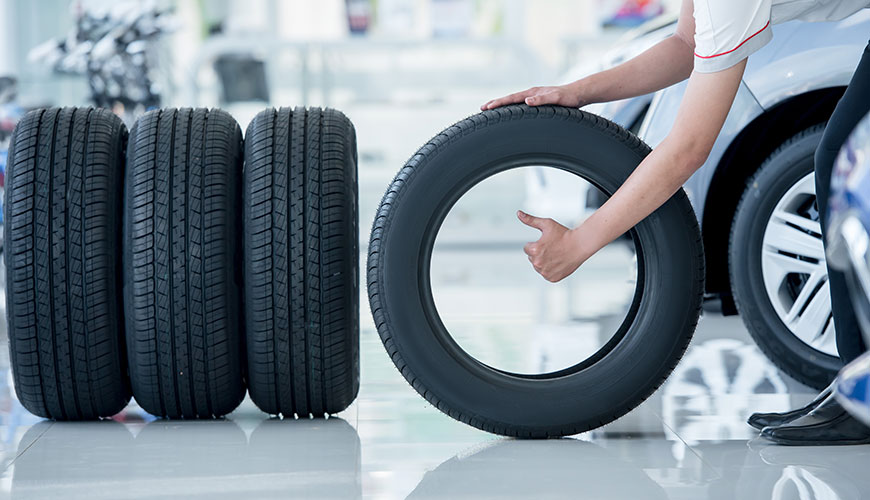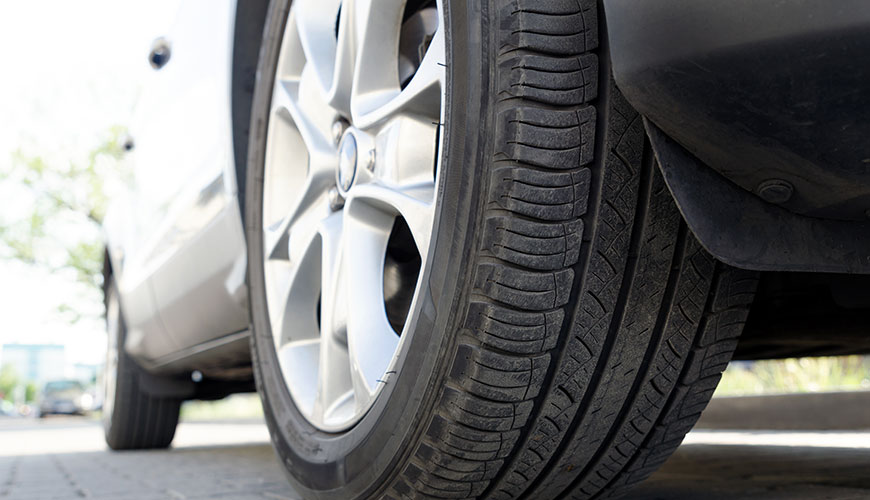How Do You Find the Load Range for Tires? Tips and Guidelines
When you are looking for a new set of tires, one of the most important factors to consider is the load range. This number indicates how much weight the tire can safely support. If you choose a set of tires that are not rated for your vehicle’s weight, you could be putting yourself and your passengers at risk. In this blog post, we will discuss how to find the load range for your tires and some tips on choosing the right set.
What is the load index?
The load index is a number that corresponds to the maximum weight that the tire can support. This information can be found on the sidewall of the tire. For example, a load index of 95 indicates that the tire can support up to 1565 pounds.
How do you find the load range for your tires?
To find the load range for your tires, you will need to know the weight of your vehicle and the number of tires that are on the ground. Once you have this information, you can consult a load index chart to find the appropriate load range for your tires.
How do I find the load-carrying capacity of a tire?
The load-carrying capacity of a tire is determined by its size and how much air pressure is in the tire. The capacity can be found in the owner’s manual or on a sticker inside the driver’s door.
What are the benefits of having a higher load range?
A higher load range means that your tires can support more weight, which can be beneficial if you often drive with heavy loads. It also provides peace of mind in knowing that your tires are up to the task of supporting your vehicle.
What determines the load index number?
The load rating or load index is a numerical code on a tire’s sidewall that corresponds to the maximum weight that the tire can support when properly inflated. The higher the number, the greater the tire’s carrying capacity.
To determine the load range letter of a tire, consult the tire’s sidewall or the owner’s manual for your vehicle. Once you know the load range letter of your tire, you can be sure that it is rated to handle the weight of your vehicle and any cargo you may be carrying.
The load range letter and load index number can be found on the sidewall of your tire, following the DOT code.
For example: “P215/75R15 95S”
In this example, “95” is the load index, and “S” is the load range letter.
The load range letter corresponds to a specific ply rating, which tells you how many layers of tire cord are used in the carcass of the tire. The higher the ply rating, the stronger and more durable the tire will be.
There are three common load range letters used on passenger car tires: Standard Load (SL), Light Load (LL), and Extra Load (XL). Tires with a Standard Load Rating are designed for use on passenger cars with average loads. Light Load Tires are designed for use on passenger cars with light loads, such as convertibles or certain sports cars. Extra Load Tires are designed for use on passenger cars that frequently carry heavy loads.
Tire Load Index Chart
The following chart shows the relationship between load index and maximum load capacity.
As you can see, the higher the load index number, the greater the maximum load capacity of the tire. When shopping for new tires, be sure to select a tire with a load index that meets or exceeds the minimum required by your vehicle’s manufacturer. You can typically find this information in your owner’s manual or on a placard located on the door jamb or inside the glove compartment.
If you have any questions about how to find the load range for tires, or if you need help finding the right tire for your vehicle, please contact us. We would be happy to assist you.
What are the drawbacks of having higher load ranges?
The main drawback of having a higher load range is that it can negatively affect your fuel economy. Additionally, tires with a higher load range tend to be more expensive than those with a lower load range.
As you can see, there are both benefits and drawbacks to having a high load range tire. Ultimately, the decision of whether or not to upgrade to a higher load range tire depends on your driving habits and needs.
Do you frequently drive with heavy loads or on rough roads? If so, upgrading to a higher load range tire may be the best choice for you. However, if you mostly stick to city streets and highways, then you may be better off sticking with a lower load range tire.
Still not sure what load range is right for you? No problem! Just consult one of our tire experts. They’ll be able to help you choose the perfect tires for your driving needs.
Why is the tire load index important?
The tire load index is important because it helps to ensure that your tires can support the weight of your vehicle. If you are carrying a heavy load, you will need to make sure that your tires have a high enough load index to support the weight.
What are some tips for choosing the right set of tires?
When choosing a set of tires, it is important to consider both the load range and the speed rating. The speed rating is an indication of how fast the tire can safely travel. For example, a tire with a speed rating of “V” can travel up to 149 miles per hour.
It is also important to choose a set of tires that match the size and type of your vehicle. There are passenger tires, light truck tires, commercial truck tires, and more. Each type of tire is designed for a specific type of vehicle.
Finally, always make sure to check the manufacturer’s warranty before making a purchase. This will ensure that you are covered in case of any defects with the tires.
Search Your Tire Size Now!
Now that you know how to understand a tire’s load index and can compare it to the tire load index chart, it’s time to search for tires today! When you buy new tiers at Crypto Tires, you can choose from a variety of the best tire brands on the market. Plus, you never have to pay for your tires all at once. With our convenient financing options, you can make low monthly payments that fit your budget. Start shopping for your new set of tires now!






